A 20V Zener diode is a semiconductor device that allows current to flow in reverse when the reverse voltage reaches 20V. It’s designed to maintain a stable voltage when reverse biased, making it useful for voltage regulation and protection in circuits.
-
Reverse Breakdown Voltage:
The Zener voltage, also known as the breakdown voltage, is the specific reverse voltage at which the diode starts to conduct. In this case, it’s 20V.
-
Voltage Regulation:
When reverse biased, the Zener diode will maintain a constant voltage across its terminals until the reverse current exceeds its rated capacity.
-
Protection:
Zener diodes can be used to protect circuits from voltage overshoots by clamping the voltage to the Zener voltage.
-
Symbol:
The Zener diode symbol is a standard diode symbol with a “Z” added to the cathode (line) side.
-
Reverse Bias:
When a voltage is applied in the reverse direction across the diode, it initially behaves like a normal diode and doesn’t conduct.
-
Breakdown:
As the reverse voltage increases, it eventually reaches the Zener voltage. At this point, the diode breaks down and conducts current in the reverse direction.
-
Constant Voltage:
Once the Zener voltage is reached, the diode maintains a constant voltage across its terminals, even if the current through it increases.
-
Voltage Regulation:Zener diodes are frequently used in voltage regulator circuits to provide a stable reference voltage.
-
Protection:They can be used to protect sensitive circuits from voltage spikes or overvoltage conditions.
-
Reference Voltage:Zener diodes can provide a stable reference voltage for other components in a circuit.

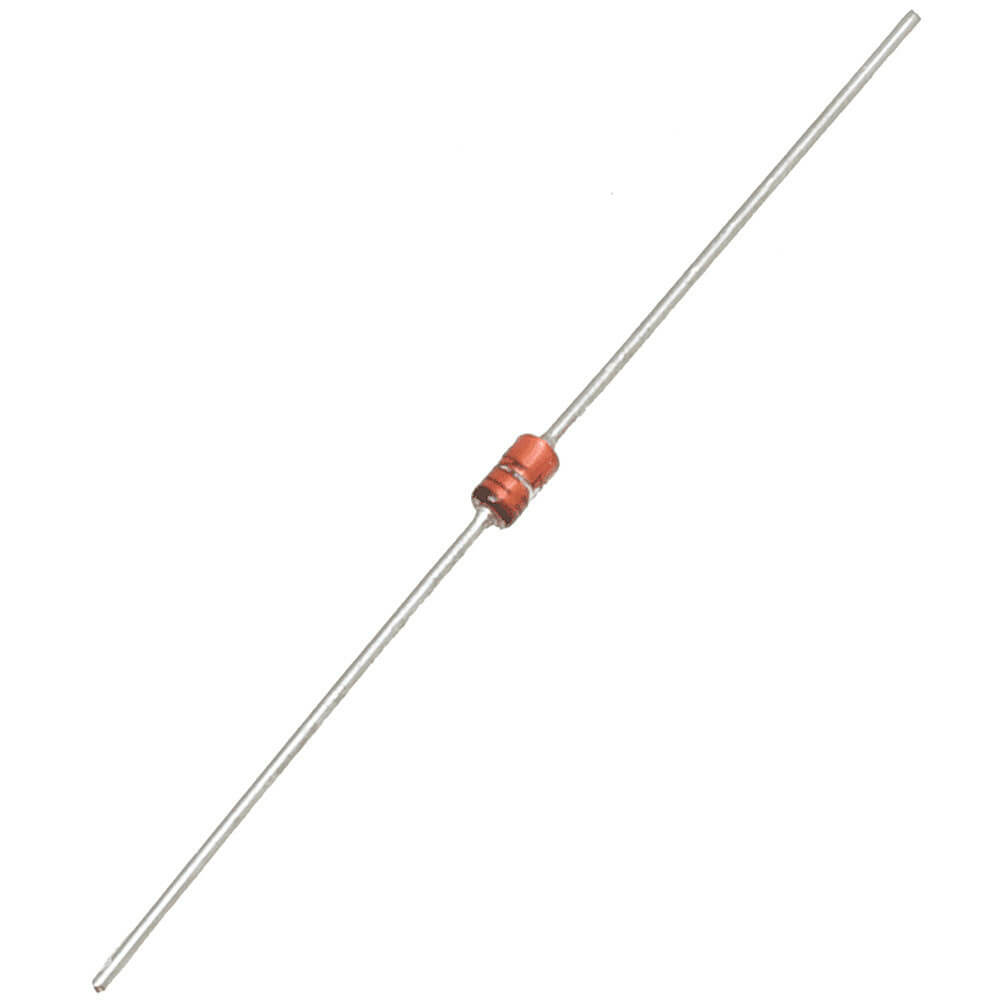
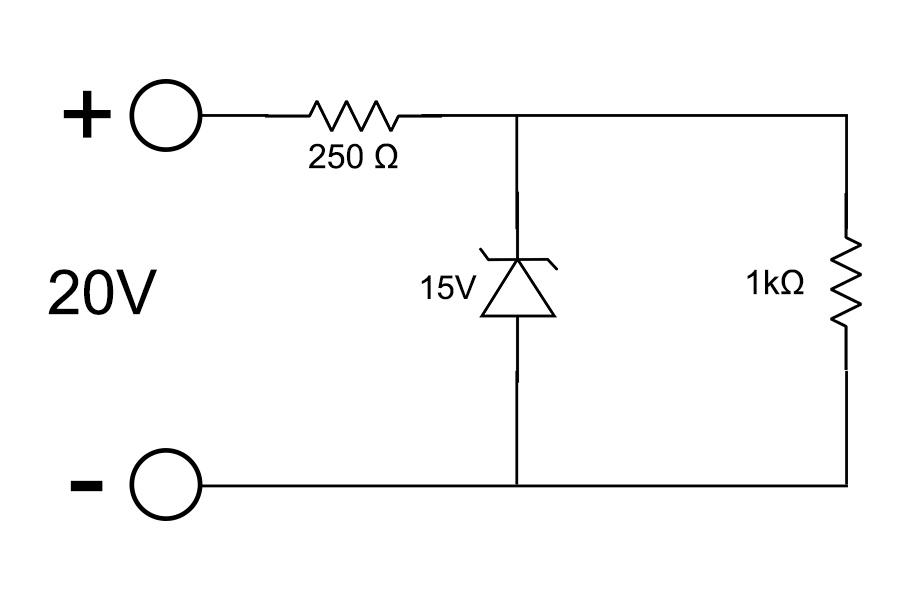
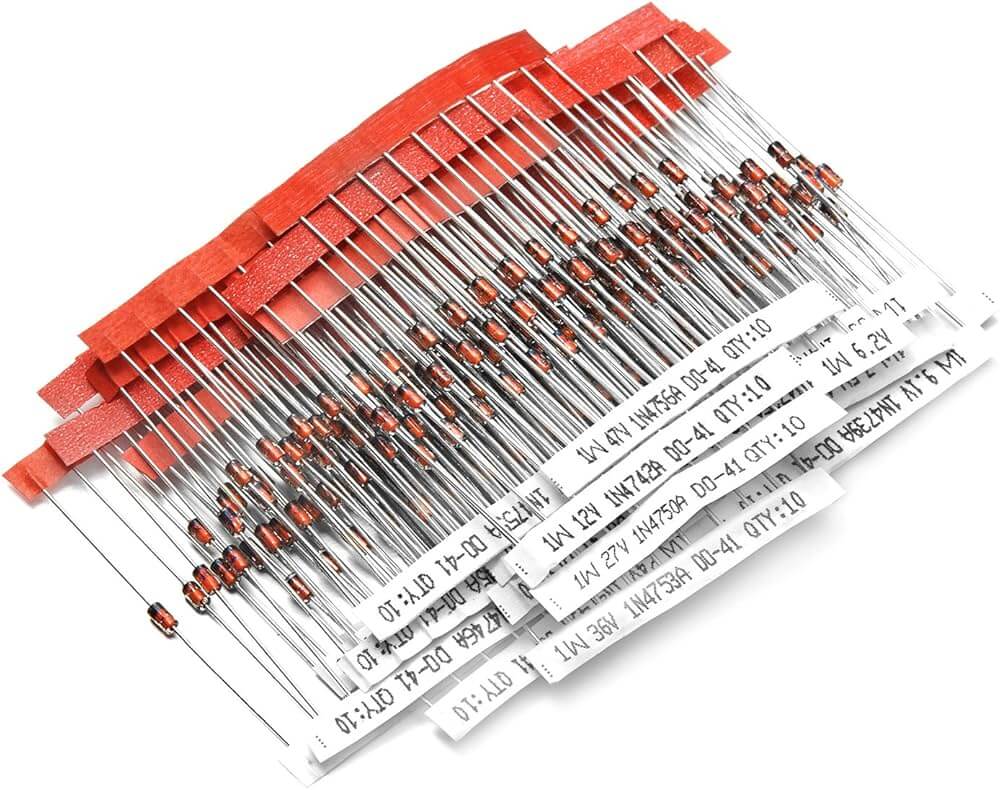
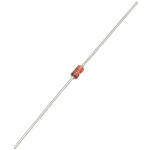
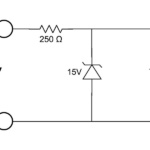
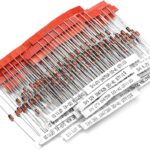
Reviews
There are no reviews yet.